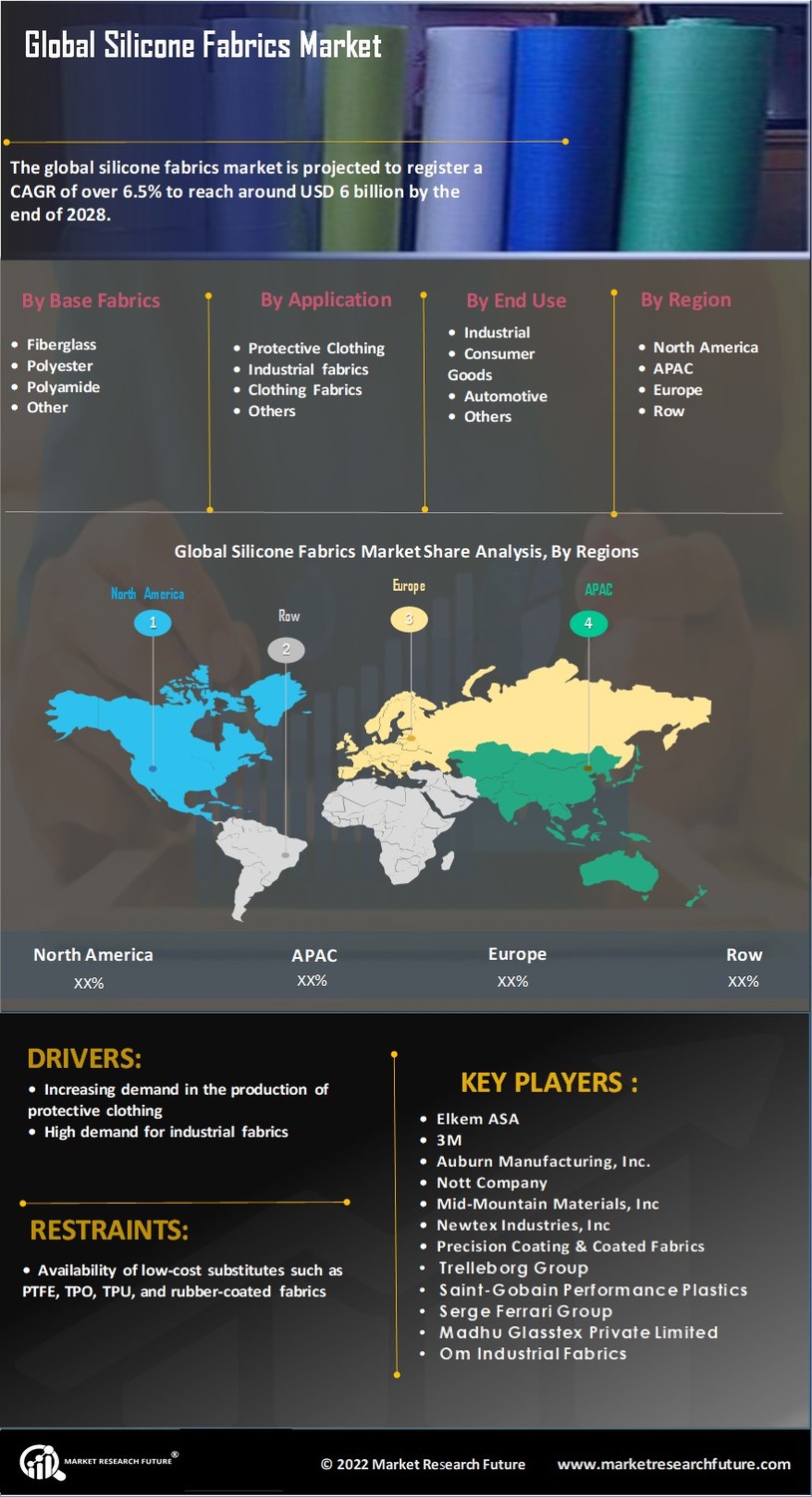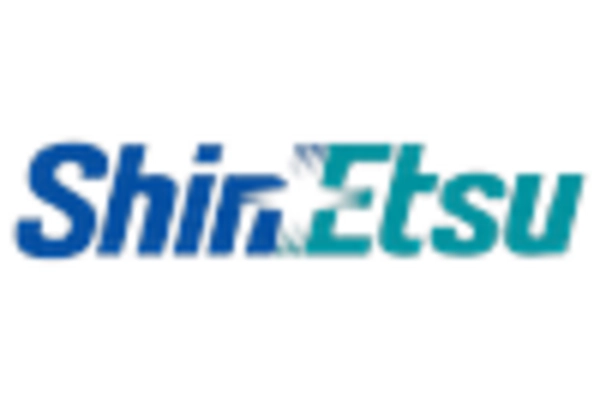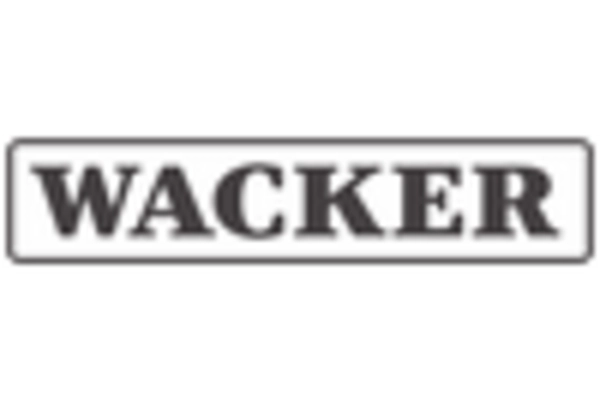Market Growth Projections
The Global Silicone Fabrics Market Industry is projected to experience substantial growth, with estimates indicating a rise from 4.25 USD Billion in 2024 to 8.22 USD Billion by 2035. This growth trajectory suggests a compound annual growth rate (CAGR) of 6.18% from 2025 to 2035, reflecting the increasing demand for silicone fabrics across various applications. The expansion is likely driven by advancements in technology, rising consumer awareness regarding sustainable materials, and the growing need for high-performance fabrics in sectors such as automotive and healthcare. These projections highlight the market's potential and the opportunities it presents for manufacturers and stakeholders.
Expansion in Medical Applications
The Global Silicone Fabrics Market Industry is witnessing significant growth due to the expansion of medical applications. Silicone fabrics are favored in the healthcare sector for their biocompatibility, flexibility, and resistance to bacteria. They are utilized in various medical devices, surgical drapes, and protective clothing. The increasing focus on patient safety and hygiene is driving the adoption of silicone materials in hospitals and clinics. As healthcare systems globally prioritize advanced materials, the market is expected to grow at a CAGR of 6.18% from 2025 to 2035, reflecting the rising demand for innovative medical solutions.
Growing Demand in Automotive Sector
The Global Silicone Fabrics Market Industry is experiencing a surge in demand driven by the automotive sector. Silicone fabrics are increasingly utilized for their durability, heat resistance, and lightweight properties, making them ideal for automotive interiors and exteriors. As the automotive industry shifts towards electric vehicles, the need for advanced materials that can withstand higher temperatures and provide insulation is paramount. This trend is reflected in the projected market value of 4.25 USD Billion in 2024, with expectations to reach 8.22 USD Billion by 2035, indicating a robust growth trajectory fueled by innovation in automotive design.
Diverse Applications Across Industries
The Global Silicone Fabrics Market Industry is characterized by its diverse applications across multiple sectors, including aerospace, construction, and consumer goods. Silicone fabrics are utilized for their unique properties, such as weather resistance, flexibility, and durability. In the aerospace sector, for instance, silicone fabrics are employed in insulation and protective covers, while in construction, they are used for waterproofing and sealing applications. This versatility is likely to contribute to the market's growth, as industries continue to explore the benefits of silicone materials. The increasing adoption of silicone fabrics across various sectors indicates a promising future for the market.
Rising Interest in Sustainable Materials
The Global Silicone Fabrics Market Industry is benefiting from a growing interest in sustainable materials. Manufacturers are increasingly adopting silicone fabrics due to their longevity and recyclability, which align with global sustainability goals. As consumers and industries alike become more environmentally conscious, the demand for materials that reduce waste and environmental impact is rising. This shift is likely to enhance the market's growth prospects, as companies seek to innovate and provide eco-friendly alternatives. The anticipated growth in market value from 4.25 USD Billion in 2024 to 8.22 USD Billion by 2035 underscores the potential for silicone fabrics to play a pivotal role in sustainable manufacturing.
Technological Advancements in Production
The Global Silicone Fabrics Market Industry is poised for growth due to technological advancements in production processes. Innovations in manufacturing techniques, such as improved curing methods and enhanced material formulations, are enabling the production of high-performance silicone fabrics. These advancements not only enhance the properties of silicone fabrics but also reduce production costs, making them more accessible to various industries. As production efficiency increases, the market is likely to expand, with a projected CAGR of 6.18% from 2025 to 2035. This trend suggests that technological innovation will be a key driver in meeting the diverse needs of end-users.















Leave a Comment